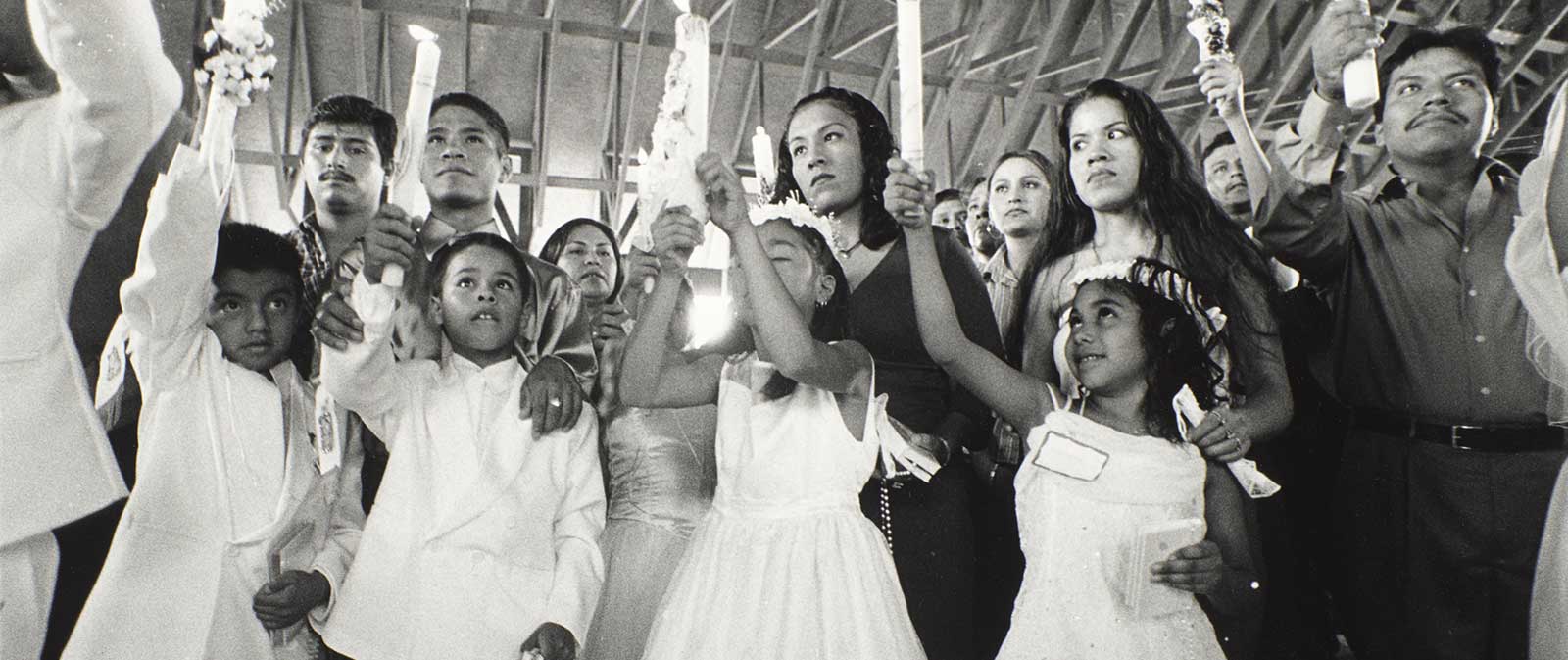In an exhibition at the North Carolina Museum of Art, the photographs of Luis-rey Velasco capture the intimate lives of Latinx farm laborers in rural areas of both North Carolina and California, recording their work under a sweltering sun as well as personal moments and community events, such as confirmation rites, home life, and children at play. While he created many of these black-and-white photographs over 20 years ago, Velasco spotlights a contemporary issue.
Executed between 1998 and 2005, all 15 gelatin silver prints are from the NCMA People’s Collection. The exhibition was organized by Jared Ledesma, Curator of 20th-Century Art and Contemporary Art, who shares that during this period, Velasco focused on the essence of Mexican, Colombian, and other farming communities. “He expressed a particular interest in documenting these communities' dedication to preserving cultural traditions, underscoring the significance of his work as a visual record of their…heritage,” explained Ledesma.
Ledesma points out that Velasco’s sensitivity to children in these communities speaks to the photographer’s own background. Velasco’s maternal grandfather was a seasonal migrant farm worker in California who told his daughter that instead of returning to high school, she would start picking cotton to help support the family. According to Velasco, these regions, with their long history of Latinx farm labor, have not changed.







































